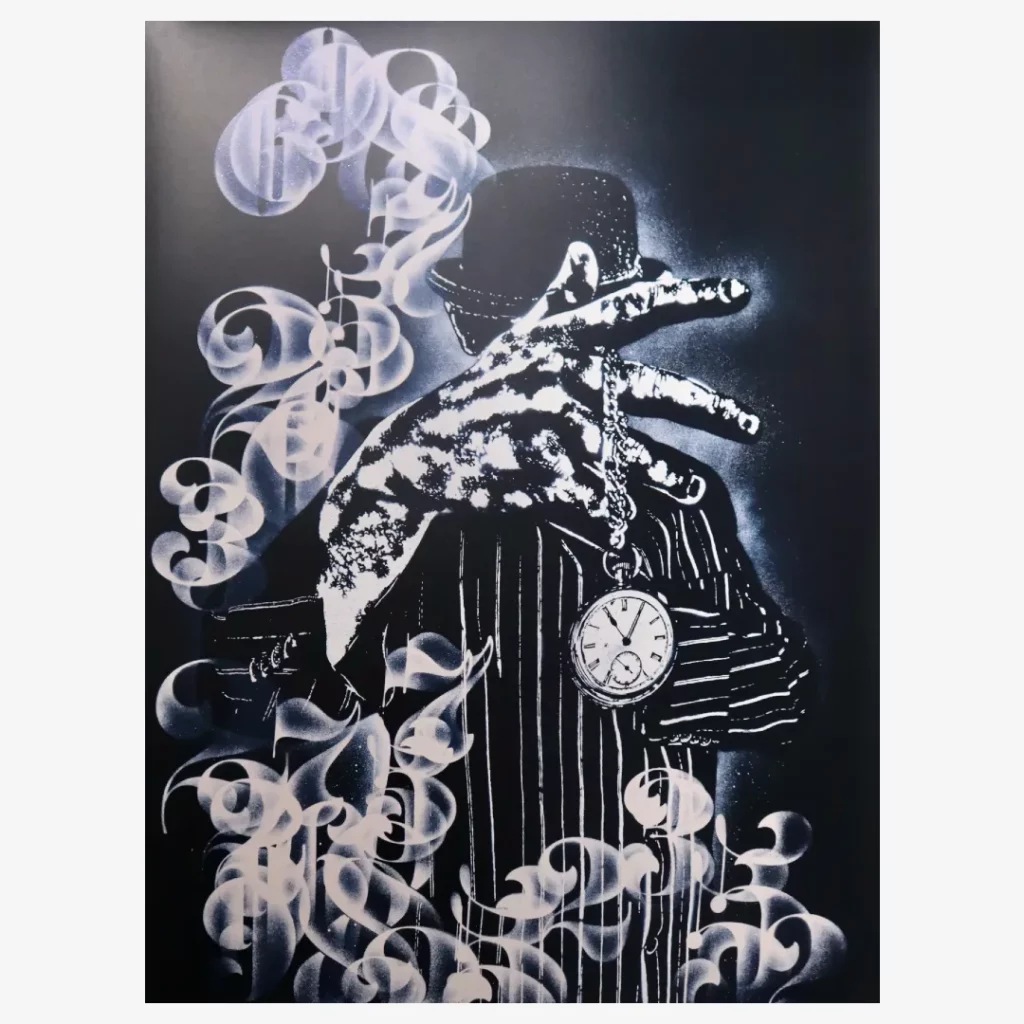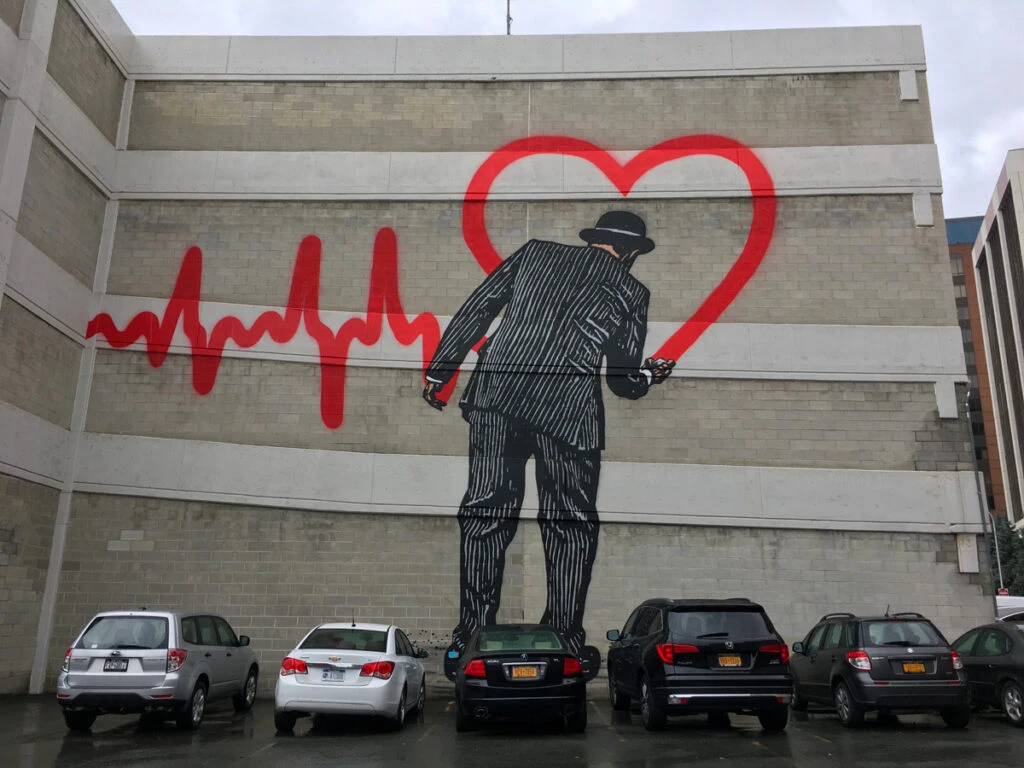In recent years, two terms have gained significant attention: urban art and street art. Although they are often used interchangeably, there are subtle distinctions between the two. In this blog post, we will explore the nuances that set urban art and street art apart, shedding light on their unique characteristics, cultural significance, and impact on society.

Urban Art: Blending Creativity and Urban Environment
Urban art encompasses a broad spectrum of artistic practices that emerge within urban settings. It encompasses various art forms, including graffiti, murals, sculptures, installations, and even performance art. What distinguishes urban art is its ability to fuse creativity with the urban environment, utilizing public spaces as a canvas for self-expression.
One of the key aspects of urban art is its connection to the community. It often serves as a medium for social commentary, addressing pertinent issues such as social inequality, politics, and environmental concerns. Urban artists seek to engage with the public, provoking thoughts and initiating conversations through their work. These artists embrace the notion of art as a catalyst for change, aiming to transform public spaces into platforms for dialogue and reflection.
Street Art: The Rebellion of Creativity
Street art, on the other hand, represents a particular subset of urban art. It emerged as a form of artistic rebellion, challenging traditional notions of art and its confinement to galleries and museums. Street art is typically characterized by its illicit nature, often created without permission on public or private property.

This form of art celebrates the element of surprise, blending seamlessly into the fabric of the city. Street artists employ various techniques, such as stenciling, wheat-pasting, and freehand painting, to leave their mark on the streets. It is this act of reclaiming public spaces that distinguishes street art from other art forms.
Street art is deeply rooted in the subculture of graffiti, where artists adopt pseudonyms or “tags” to establish their presence within a particular urban landscape. While some street art focuses on aesthetics and visual appeal, others convey powerful messages, often highlighting social issues and cultural commentary. Street art’s ephemeral nature, subject to removal or defacement, only adds to its allure, evoking a sense of urgency and impermanence.

Blurring the Lines: Overlapping Elements
Although urban art and street art are distinct, there are instances where the lines between the two become blurred. The evolution of these art forms has resulted in a cross-pollination of ideas, techniques, and styles. Some urban art may incorporate street art elements, integrating rebelliousness and spontaneity into more formalized artistic practices. Similarly, street art may adopt elements of urban art, infusing deeper social and cultural narratives into their creations.
Both urban art and street art have gained recognition and acceptance within the art world. Galleries and museums now exhibit works by renowned urban and street artists, providing them with a platform to showcase their talent and express their unique perspectives. This growing acknowledgment has sparked ongoing discussions about the boundaries of art and the role of public spaces as legitimate artistic canvases.
Conclusion
Urban art and street art represent dynamic and evolving forms of artistic expression that reflect the vibrancy of urban life. While urban art encompasses a broader range of artistic practices that engage with public spaces, street art remains rooted in rebellion and self-expression, often created without permission.
The distinctions between urban art and street art lie in their origins, intentions, and relationship with the urban environment. However, both forms contribute to shaping our urban landscapes, sparking conversations, and challenging societal norms. As these art forms continue to evolve, it is important to recognize and appreciate their cultural significance and the impact they have on communities. By unraveling the distinctions between these two art forms, we can better understand the nuances of these captivating forms of creative expression and their place within our urban fabric.
Cover image: The Art of Nick Walker

Leave a Reply